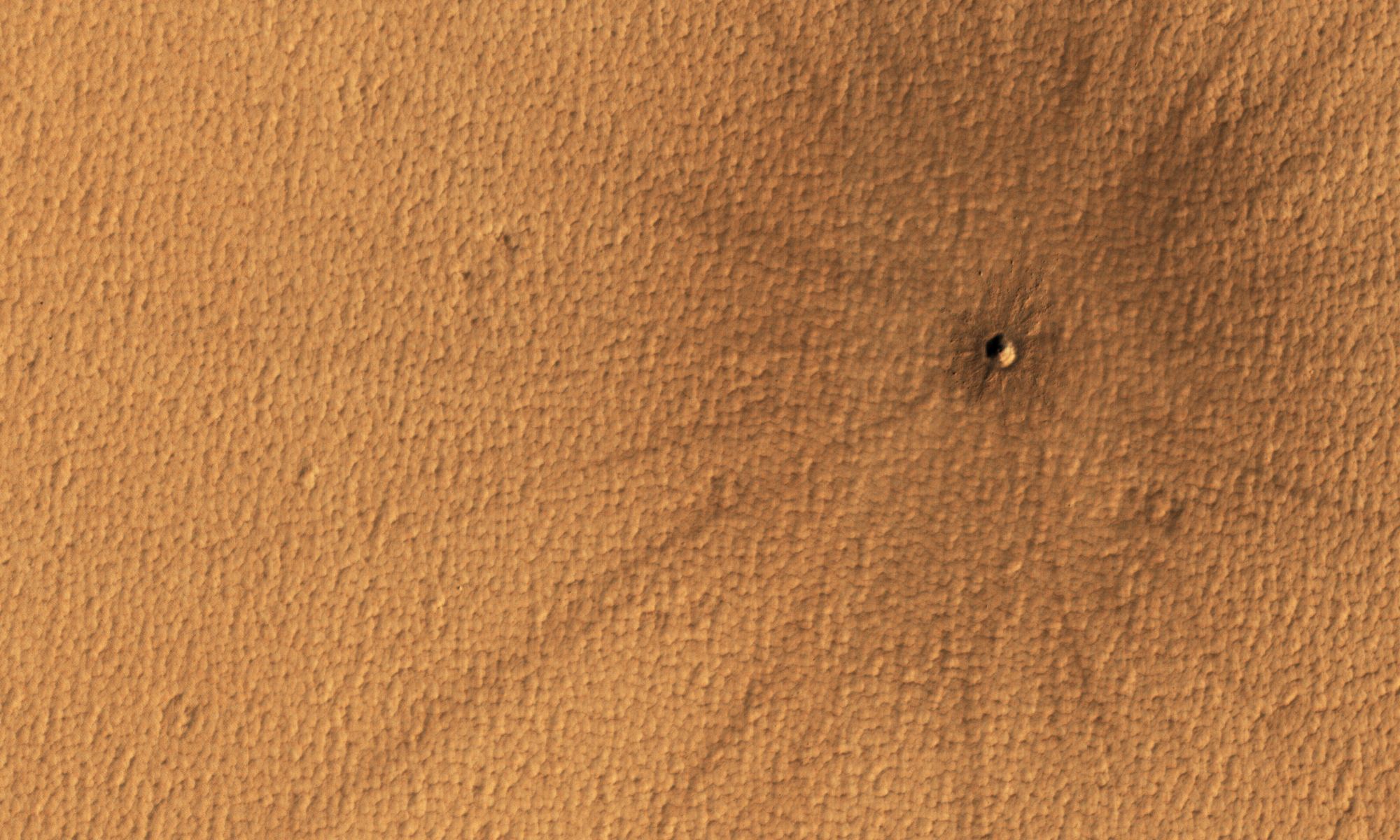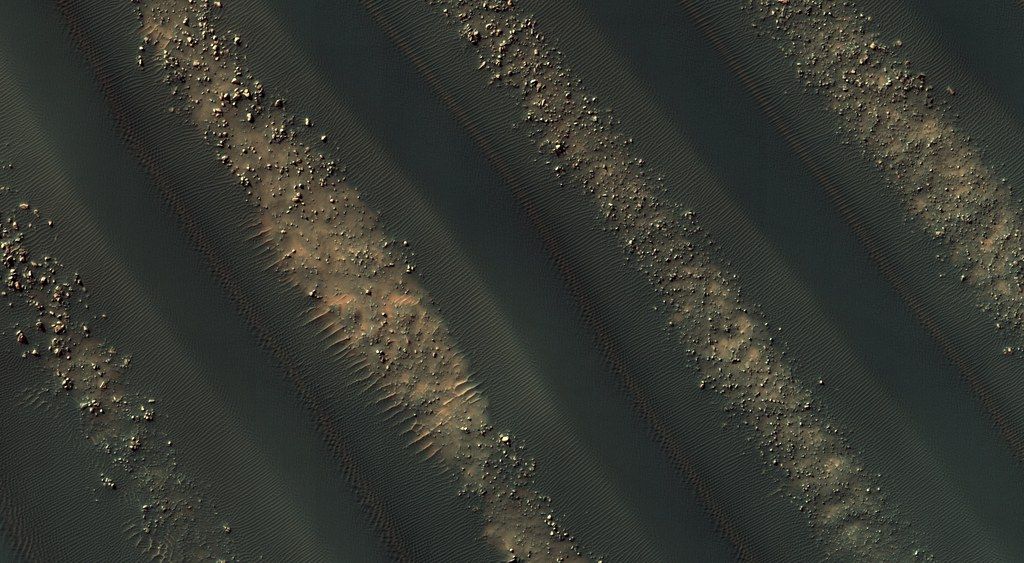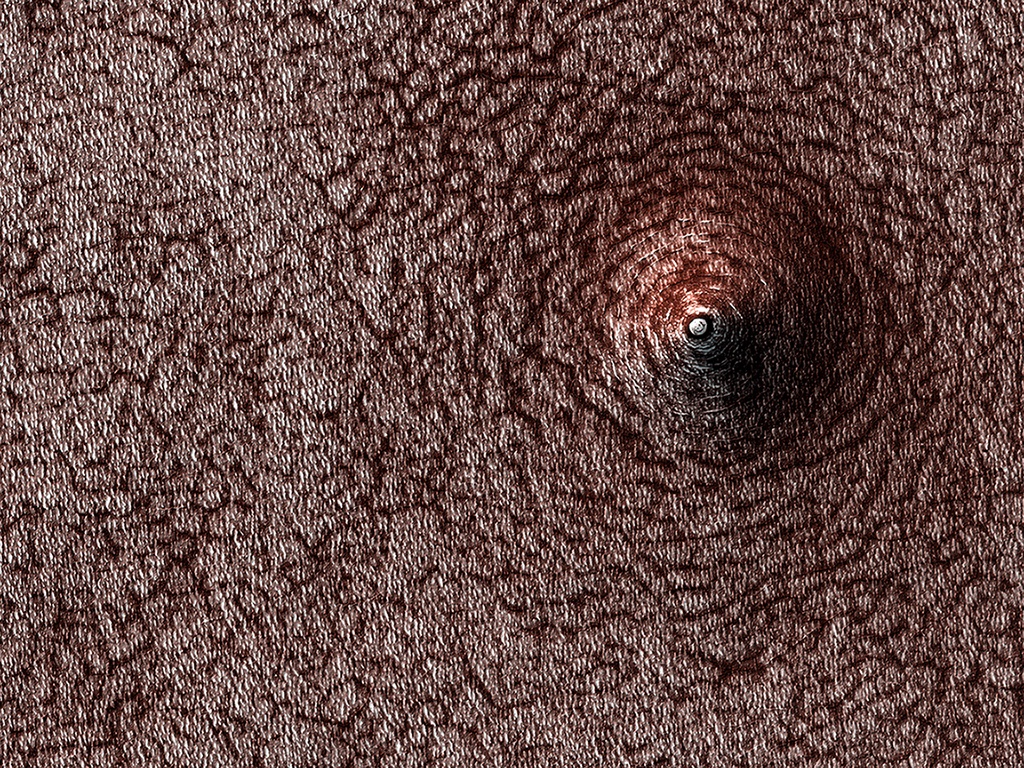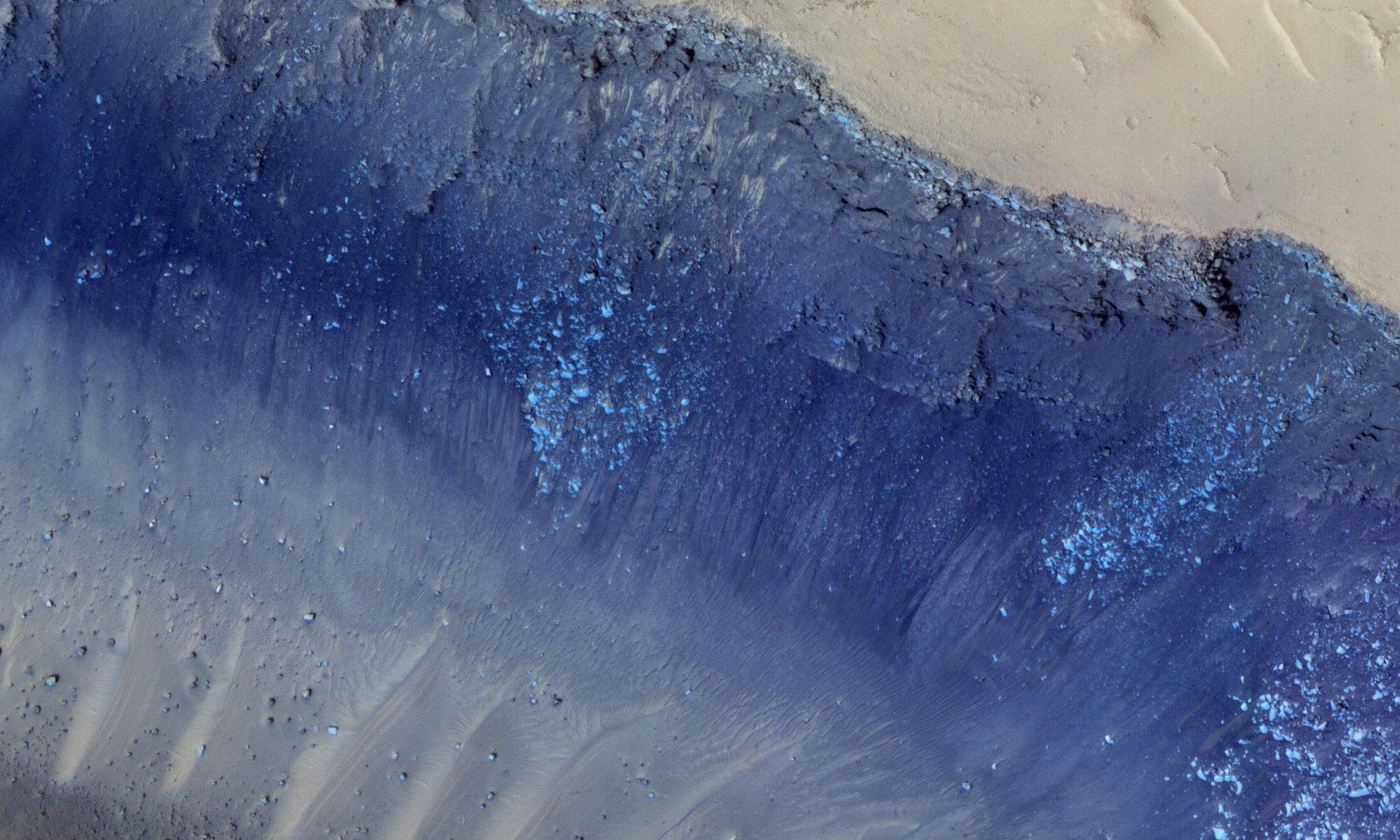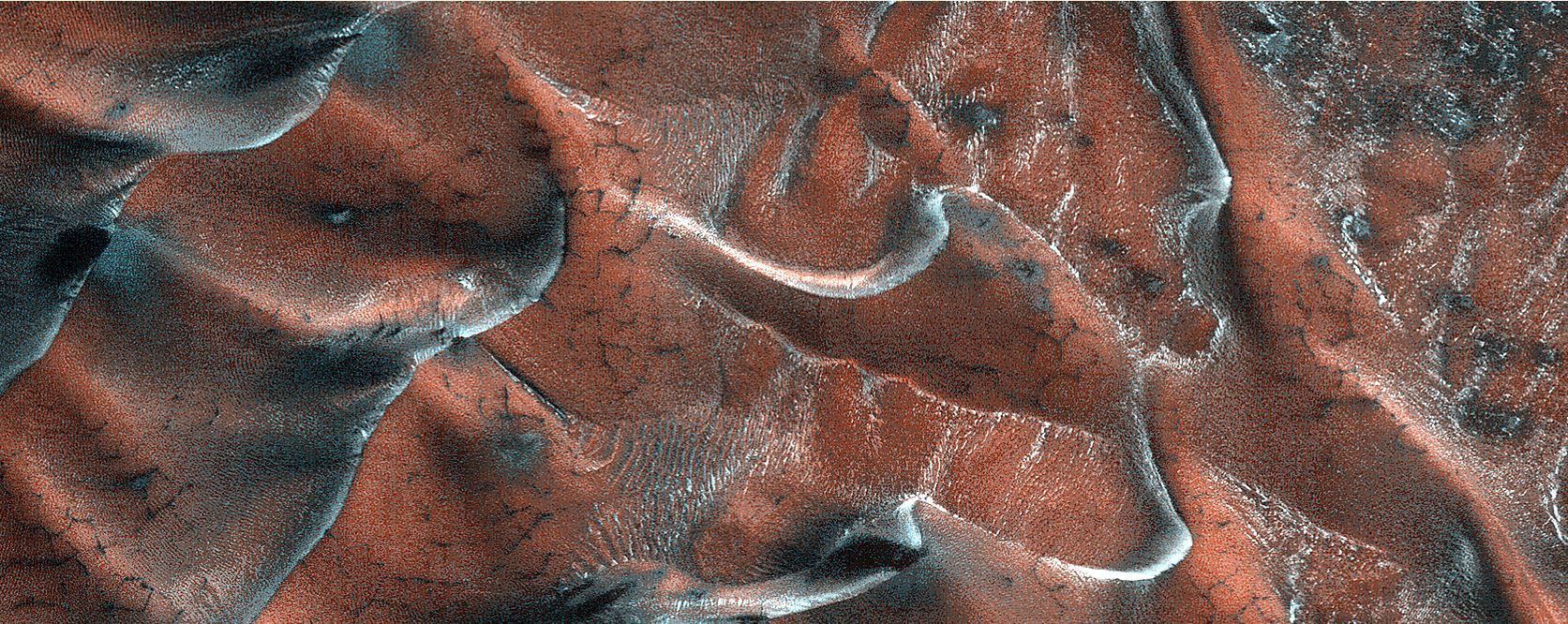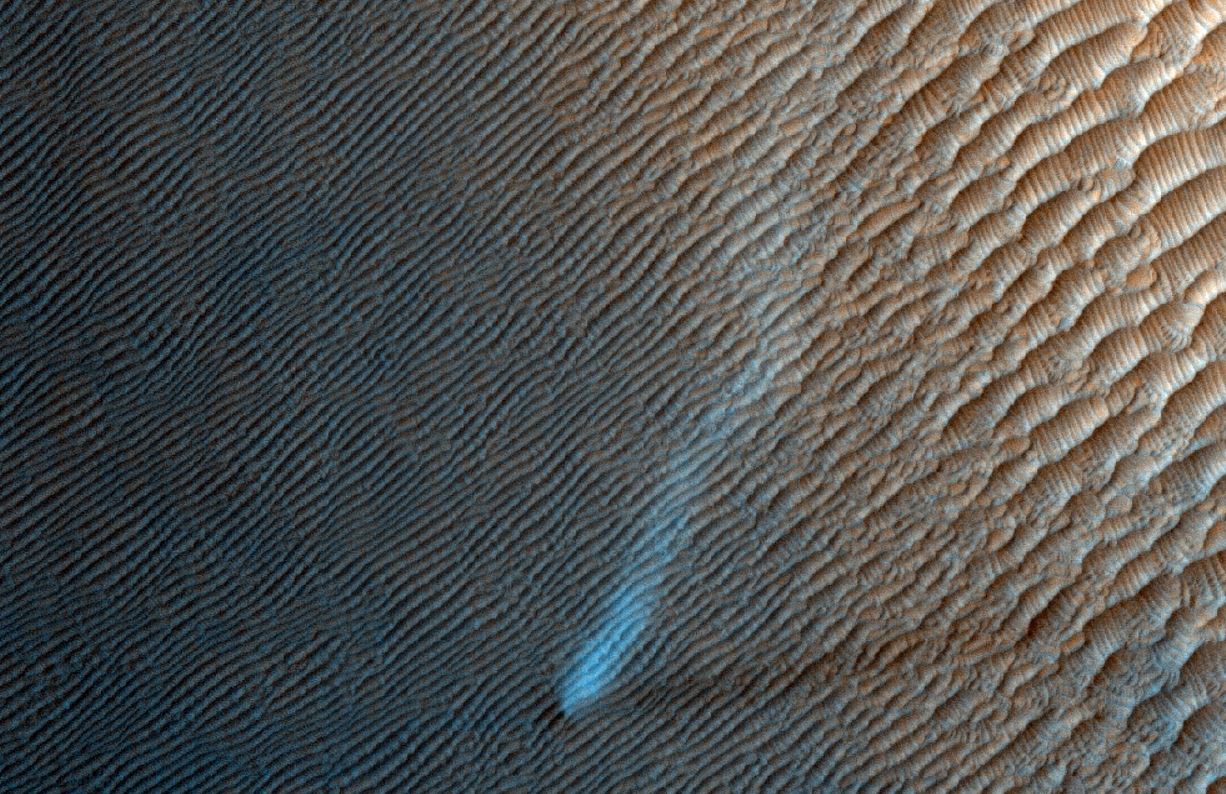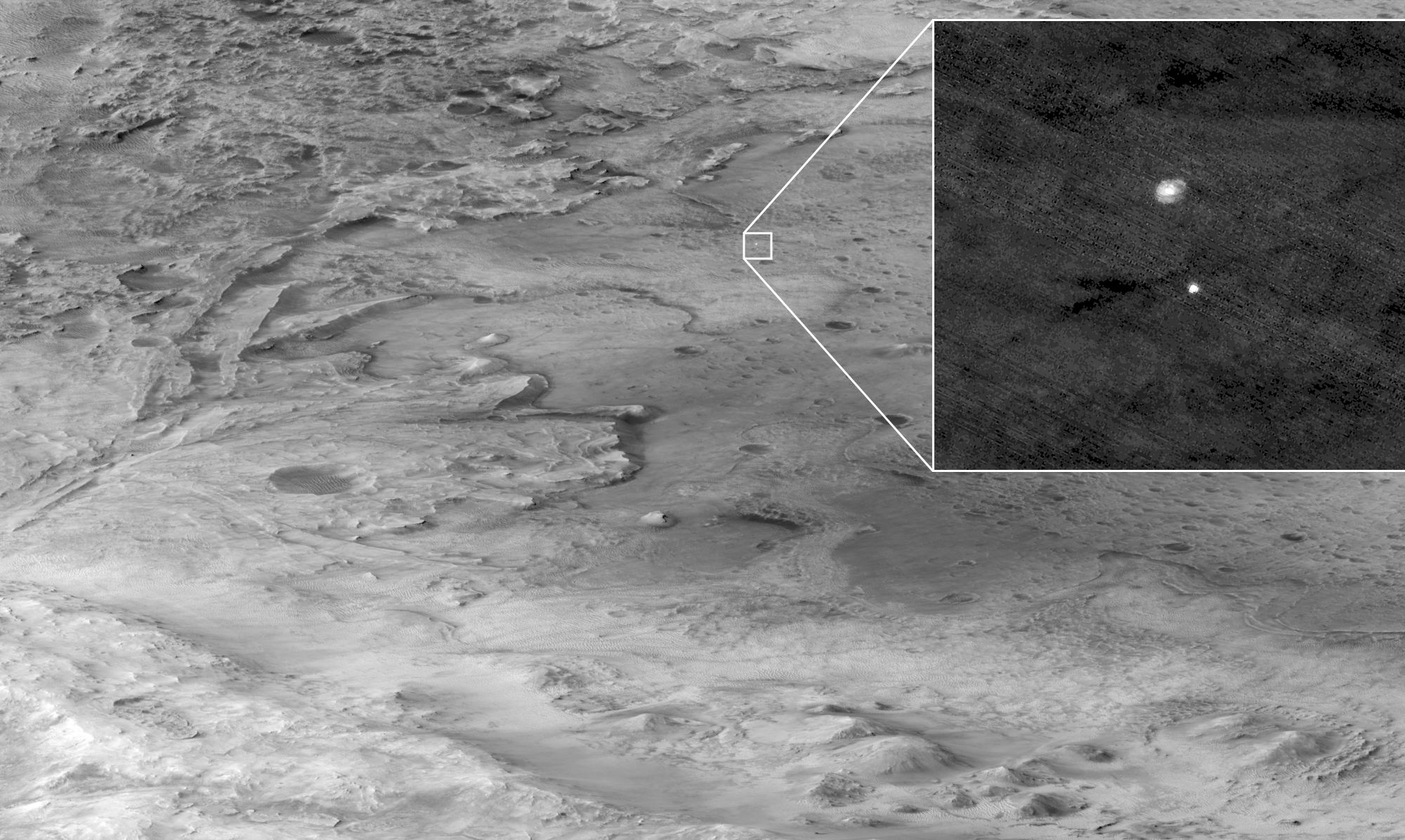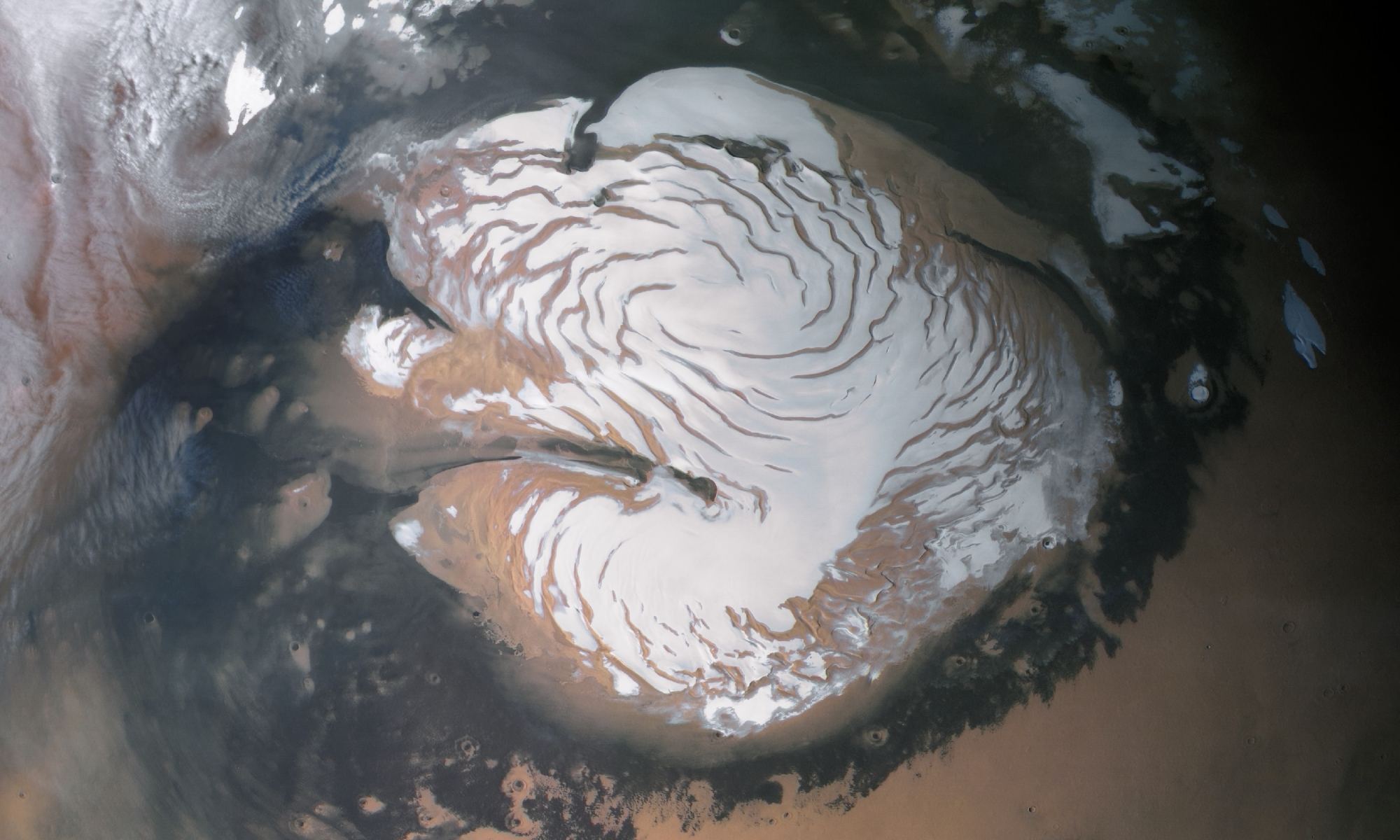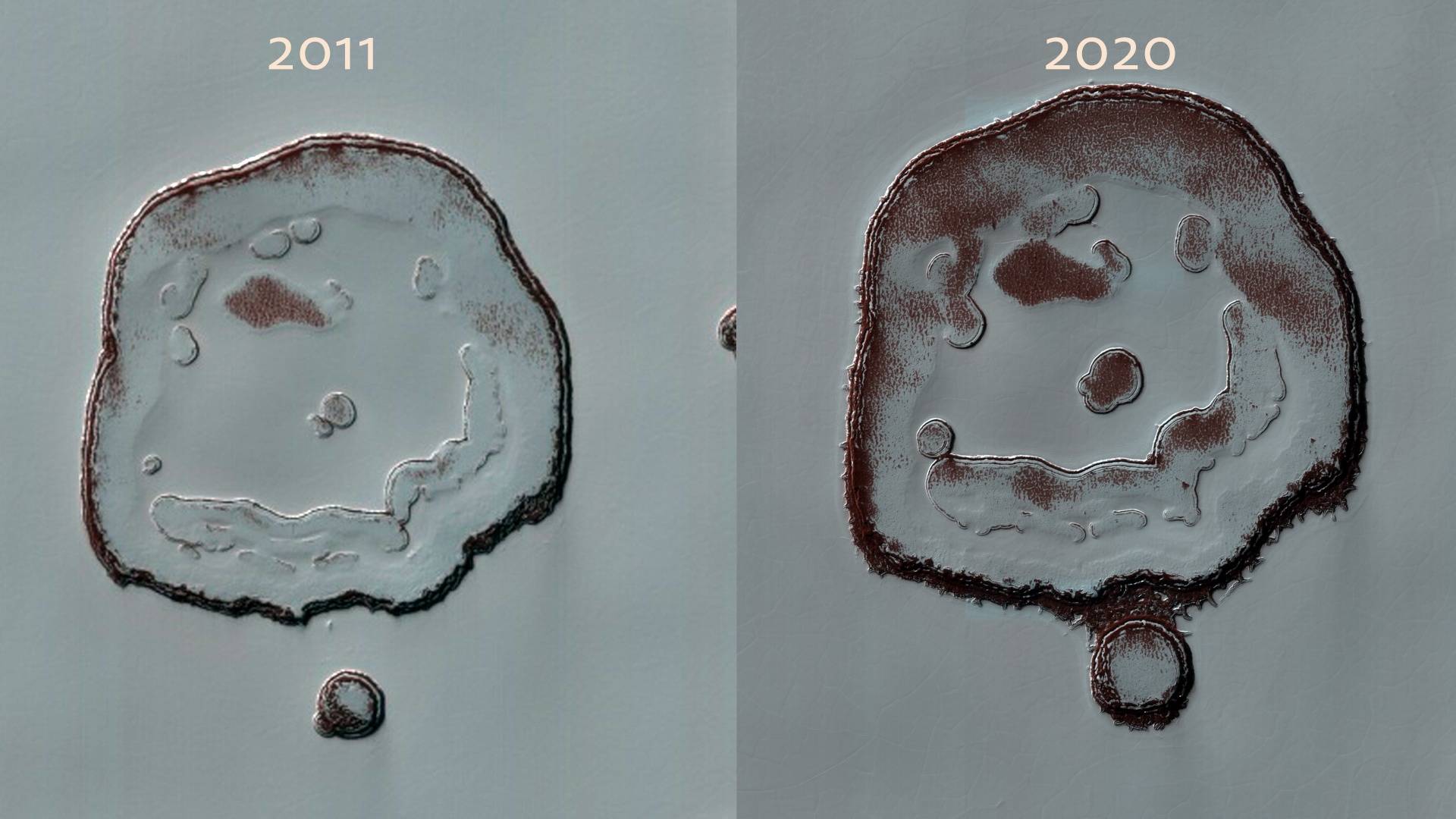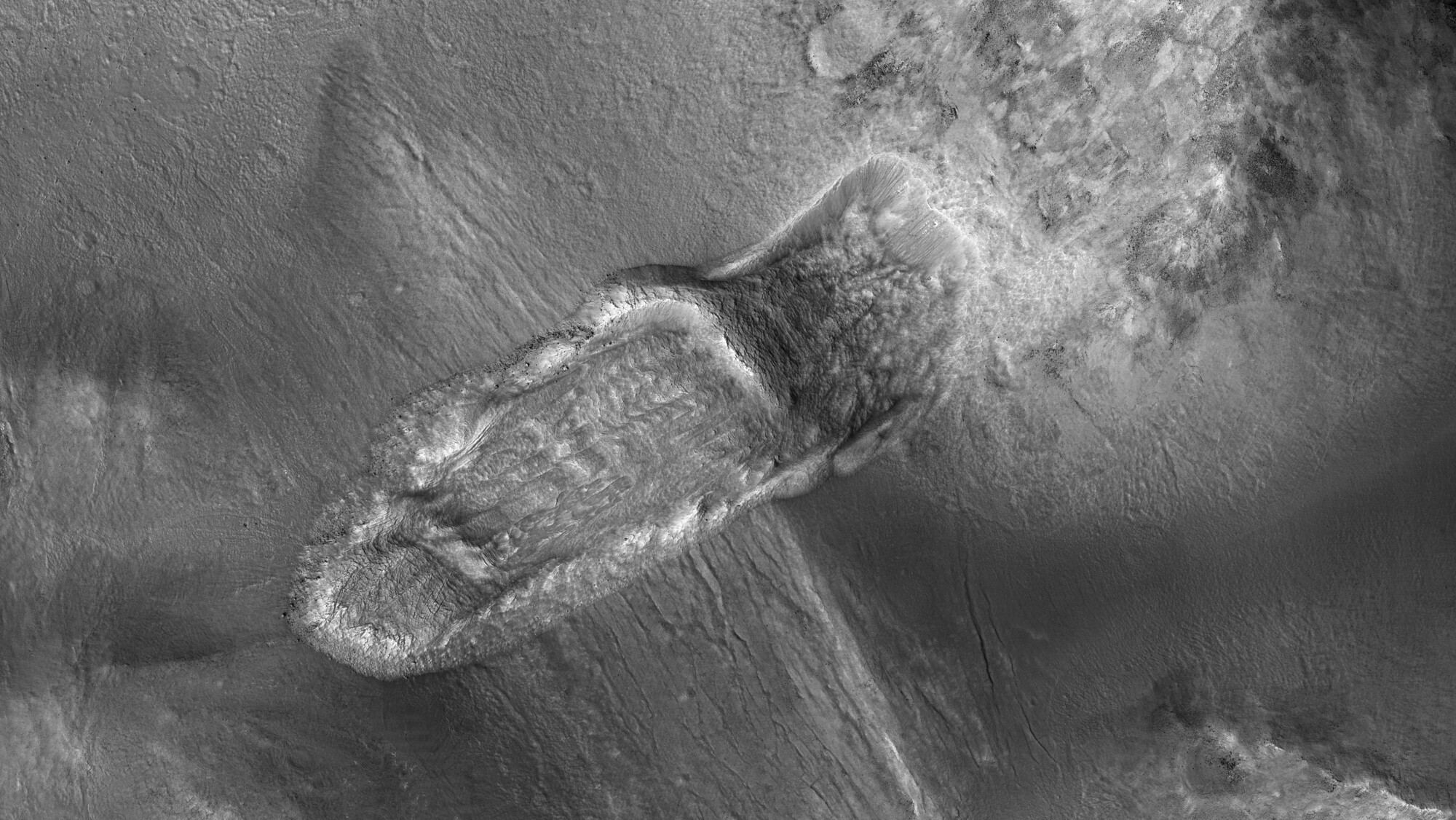There will be all sorts of risks for any future colonists on Mars, such as extreme weather and temperatures, radiation, and the human physiological problems associated with living in with decreased gravity. But another issue means colonists on Mars will have to be on a constant lookout above their heads.
Continue reading “This is why Martian Colonists are Going to Wish They had an Atmosphere Above Them”This is why Martian Colonists are Going to Wish They had an Atmosphere Above Them
